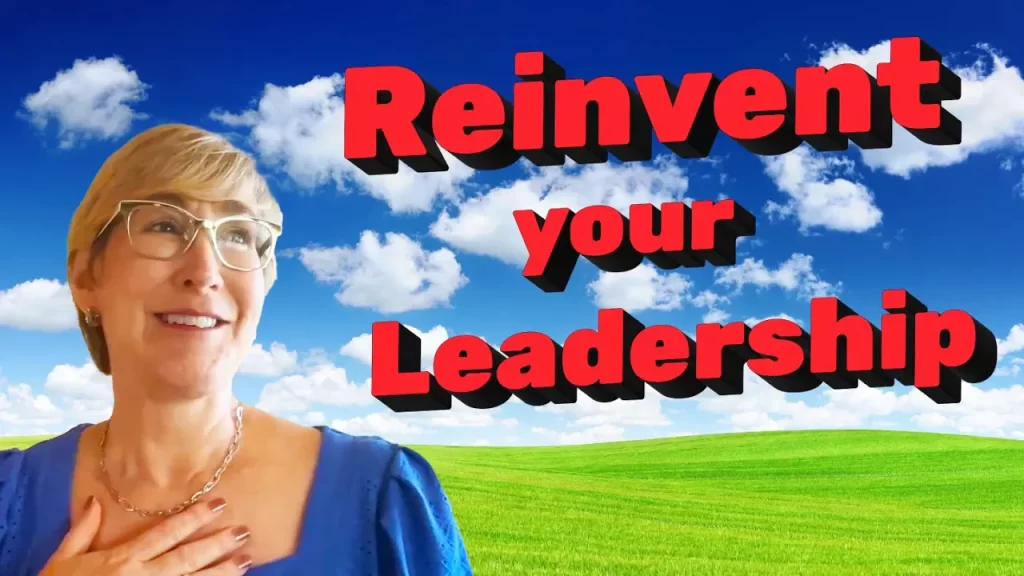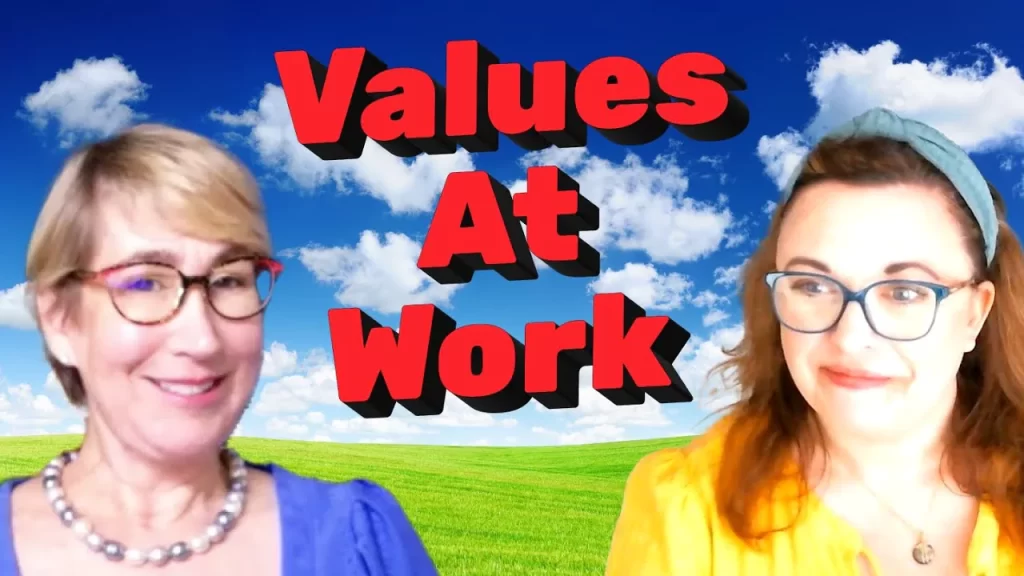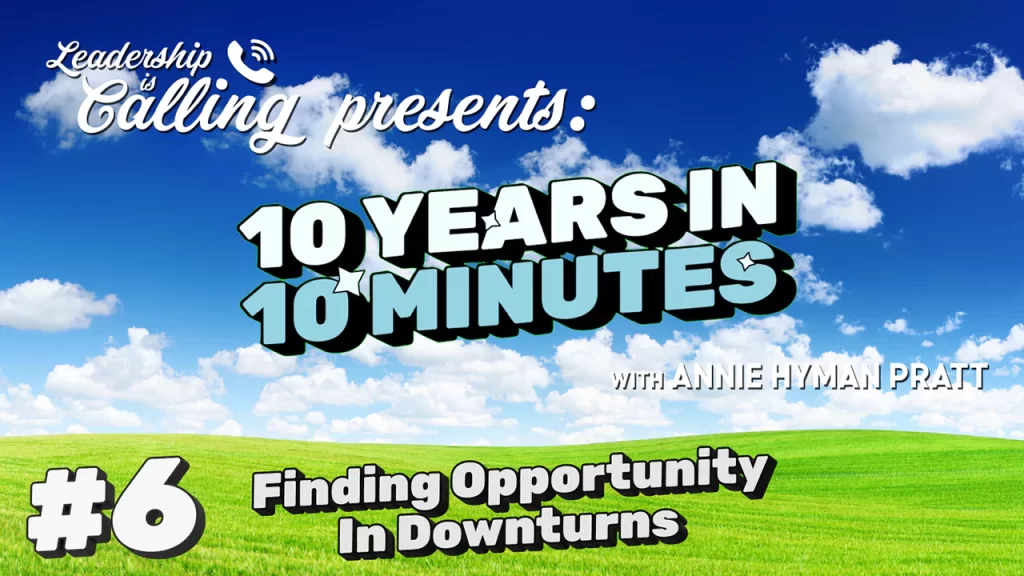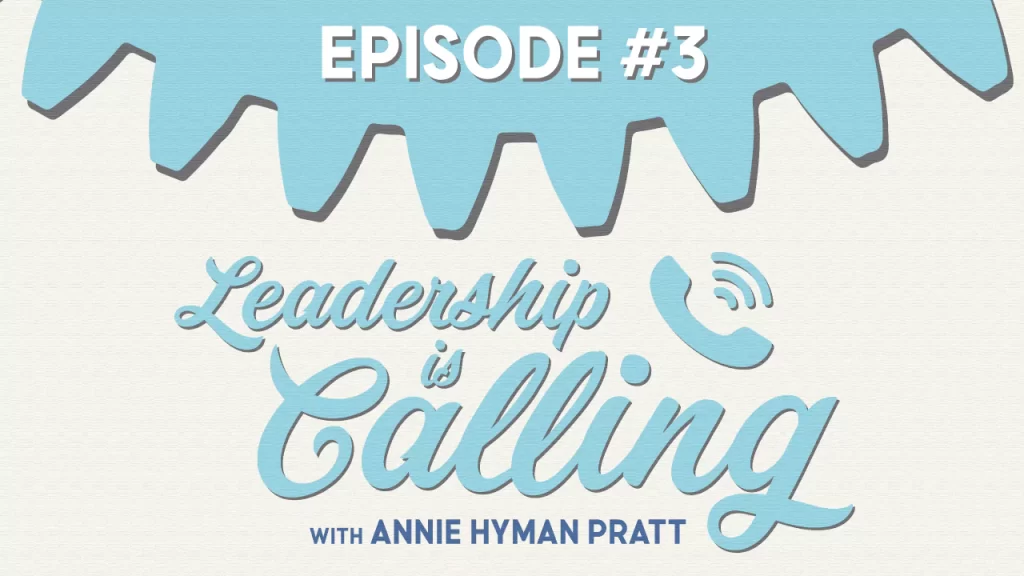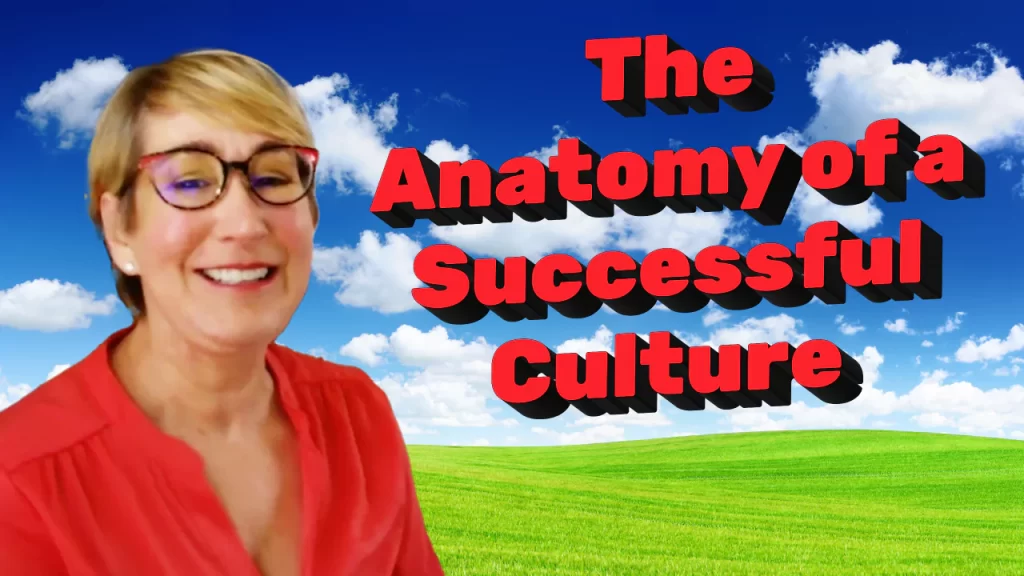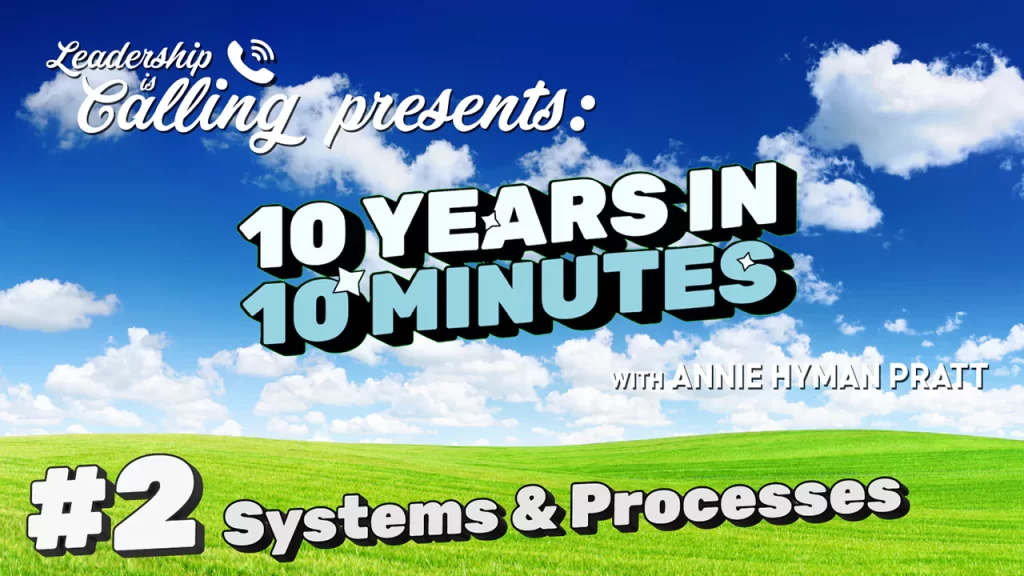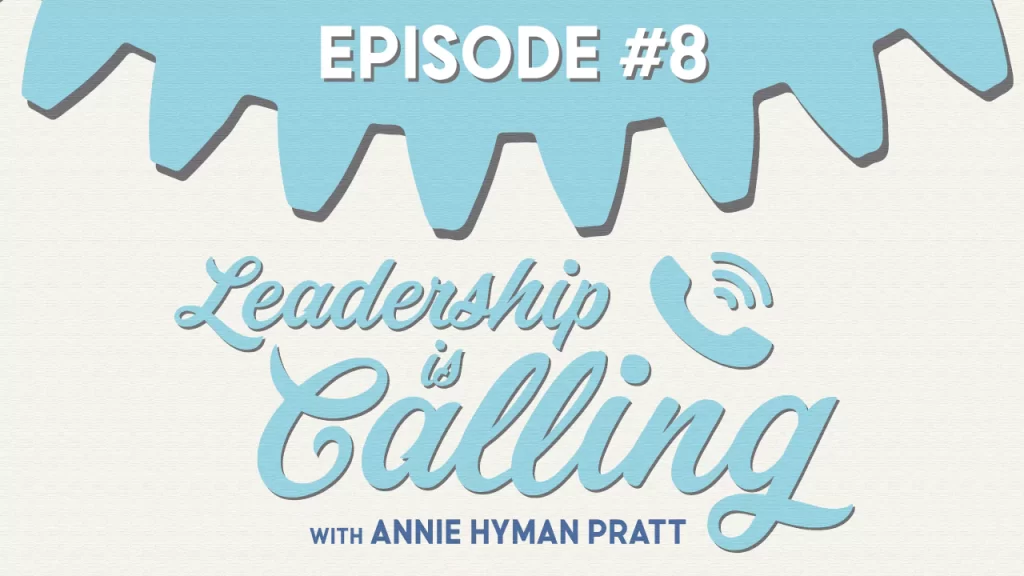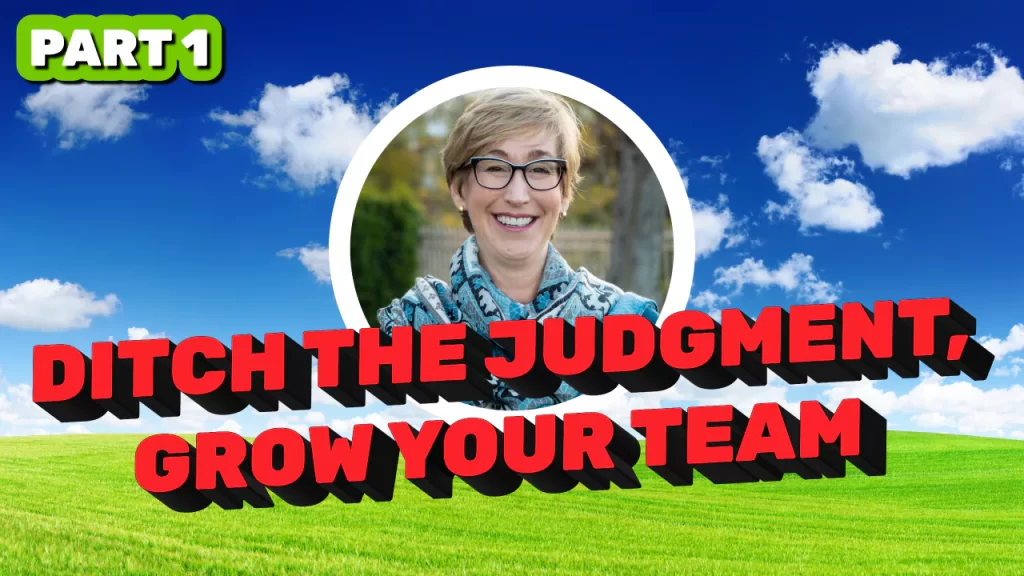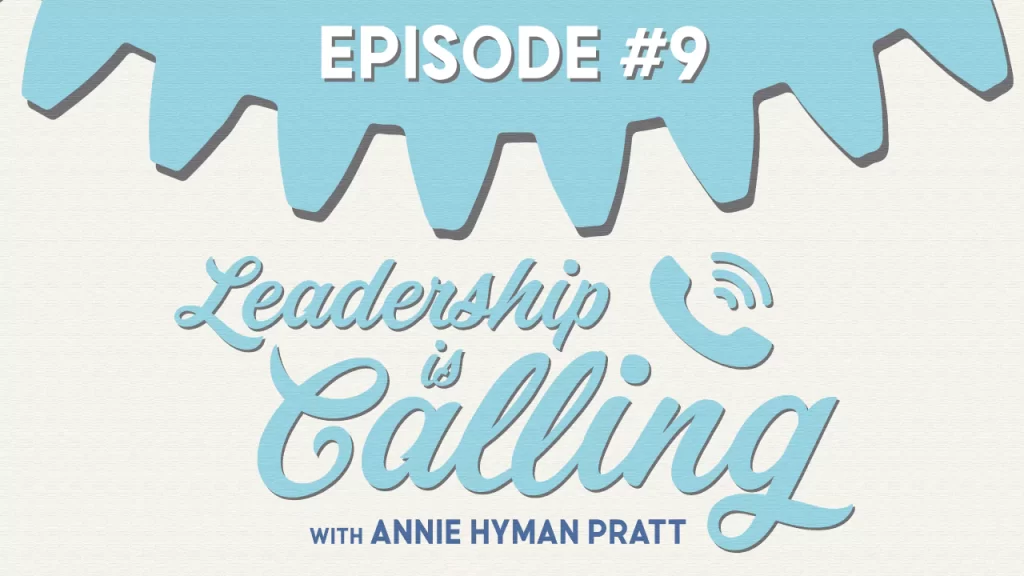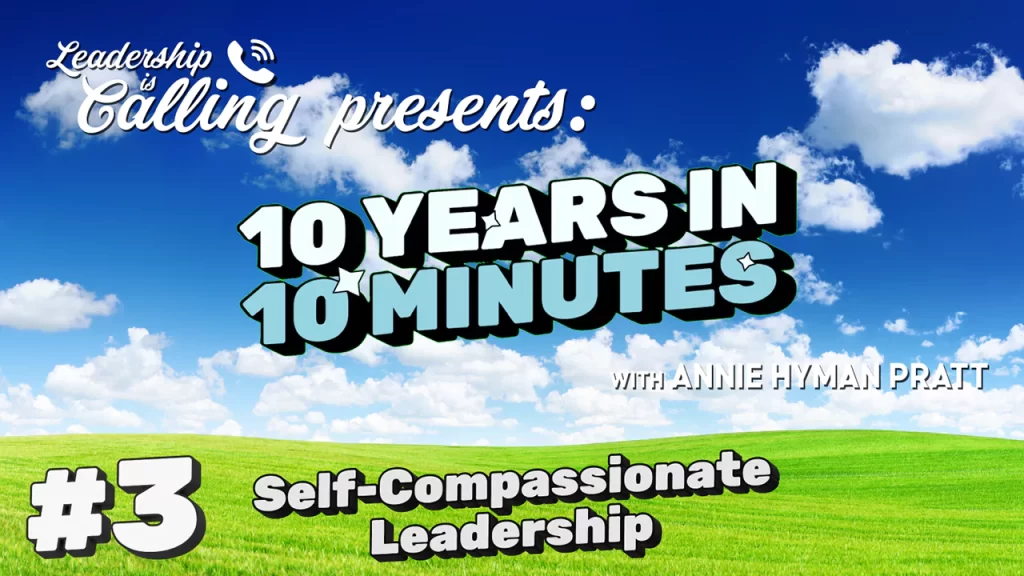Episode #34: How to Dive Deeper into Problems to Find the Best Solutions
Leadership is Calling Episode #34
Annie Hyman Pratt
- Description
- Transcript
How to Dive Deeper into Problems to Find the Best Solutions
“We need to dive deeper into the problem to really understand what is this really all about.” – Annie
Understanding problems is key to business success. But how do you really understand a problem before you jump to a solution?
In this episode, Annie emphasizes taking time to fully understand business problems before making decisions. She explains that the external environment like technology and customer expectations is always changing. Companies have to constantly adapt. She provides an example from the entertainment industry’s shift to streaming and how providers must creatively reinvent their services.
If you want to make better decisions for your business, watch this video to learn how to understand problems more deeply.
Key Points
- Understand problems fully before making decisions
- The business environment is always changing
- Dive deeper into root causes
- Look at impacts on the whole business
- Adapt strategies as the world changes
Related Resources
Leadership Skills: A+ Leader Development Program and Mastermind
Leadership Development Articles: Leadership in Times of Uncertainty: Decision Making | How to Keep ‘A’ Players – 3 Company Keys
Downloadable Leadership Tool: The Key Basics of Agreements

Auto-Generated Transcript – unedited version
How to Dive Deeper into Problems to Find the Best Solutions
Hey everyone, it’s Annie again, and today I’m talking about really learning to understand problems – really understand the whole picture – before you make decisions.
I want to start out by just saying that if you don’t like problems and you don’t enjoy problem solving, business is not for you. Because the whole nature of business is that it’s always changing. And the reason that it’s always changing is not just because we change – you know, about the things that we want to do or we have new ideas and are creative and all that. That’s not even the source of the biggest change. The biggest changes and why business is constantly running into problems is that the external environment is constantly changing.
So, you know, unlike a basketball team that gets to go to a nice gym to play each time – and maybe some gyms are less good than others, whatever, it’s not like somebody just changes and decides to make them play in the snow or changes all the rules – and that can happen in business. Meaning that the environment that we do business in changes all the time.
First of all, customer expectations keep changing – whether you’re B2B or B2C, technology keeps changing, the economy keeps changing. There’s all kinds of trends and what people need and really want keep changing. So because the external environment keeps changing, and frankly faster and faster and faster a lot due to technology, that means that a business has to keep responding to that – right? I Have to keep taking it into account. And when those things change it often creates different kinds of problems – like a dip in sales – right? Like maybe your advertising budget goes crazy because Facebook decided to change its algorithm and Google raised its rates.
So the thing about problems in business is, because businesses are complex, they do have their own ecosystem or their own sort of organism that lives in this bigger ocean, so to speak. When we’re looking at an organism we really do need to understand the problem more fully than we’re often willing to dive into it. We need to know it more fully because a problem that we’re going to fix is not going to just fix that little problem.
There’s very few meaningful issues in business that have this little fix. I mean, it’s cool when that happens – I love it – but it’s just not that common. So fixing a problem is going to involve impacting all different kinds of areas of the business. We’re going to have to keep working on understanding those impacts. We need to dive deeper into the problem to really understand what this is really all about. And if we don’t, by not only just looking at the problem but looking forward – what are the what’s changing that’s impacting the business going forward? Because even if we address this problem, the fix might not last very long if everything is changing.
I have a quick example of that. I have a quick example of that. So we work with entertainment companies sometimes, and one of the things that’s been changing in such a big way in entertainment that I think everybody can understand and relate to is that we have fewer and fewer big theatrical, high budget movie releases in theaters.
And we have so much more streaming services now. We can watch really good movies and really great content at home. And there’s been so much change in the last decade especially that has just supercharged this shift. So that there’s fewer big budget movies, way more streaming services even doing some of their original movies that they’re just going to release on, you know, Netflix or Amazon or Hulu.
And, okay, so that’s a giant shift when you’re working with all these big entertainment studios that are now putting out fewer big blockbuster movies, a lot of streaming movies and content. They still need services but the amount of really big budget work where you’re working on one project – that’s getting less and less. And instead now you’re having a lot of smaller projects to work on, a lot of them where you still have a two hour movie and it still needs – you know – whatever it needs. Maybe it needs color correcting, maybe it needs finishing, maybe it needs voice work, maybe it needs marketing. All kinds of things it might need and the needs aren’t all that different.
But the budgets, what the studios can pay for it, are radically different. Radically different. And that is a problem. Like a big, you know, it seems sort of, it’s not a complex problem on its own, but it becomes extremely complex in that meaning. It’s not complex to understand the problem but it’s extremely complex to do really high quality, good work for not very much money.
So this is the kind of thing where when the service providers are trying to figure out how we’re going to stay profitable, how we’re going to do okay in this, one of the things they think of right away is we need more of the big blockbuster work. Right, that’s the short term solution. It’s not like they’re gone but if we could get more of it we’d be a lot healthier, very true.
Okay, but if we spend all our resources going after something that is slowly going down, down, down we are not going to help our company in the long game. We’re not going to help our company become sustainable because what we really need to do is figure out how to be successful in the streaming areas because those are going up. Blockbuster movies coming down, big theatrical releases coming down, and streaming going up.
So that’s a, kind of a cautionary example of where we’ve really got to think about and understand what’s really going on here. What, what, what is this? Because we might need to come up with a solution that is more creative, that kind of really starts at the beginning again. You kind of have to put it all on a whiteboard, you have to talk about everything that’s shifted and changed, and where we think it’s going to go from here.
It’s very fascinating to me. By the way, the writer strike and the actor strike has made things worse for all the businesses that surround entertainment and are in entertainment – it’s made it much worse. But it’s all part of it because those writers and entertainers are also trying to figure out what the heck are we going to do with this industry that has shifted huge, huge.
So that’s, you know, this is more of a, I guess, a little bit of a cautionary presentation or a little bit more of a, how would I say, this is a little bit more of a cautionary advice for today. But it’s important. And the more that you do the strategic thinking of really talking, getting more perspectives, really diving deep on understanding what the problem is, then you will make the decisions for the right solutions.
To learn more about this episode’s topic, pick up a copy of my book The People Part.


